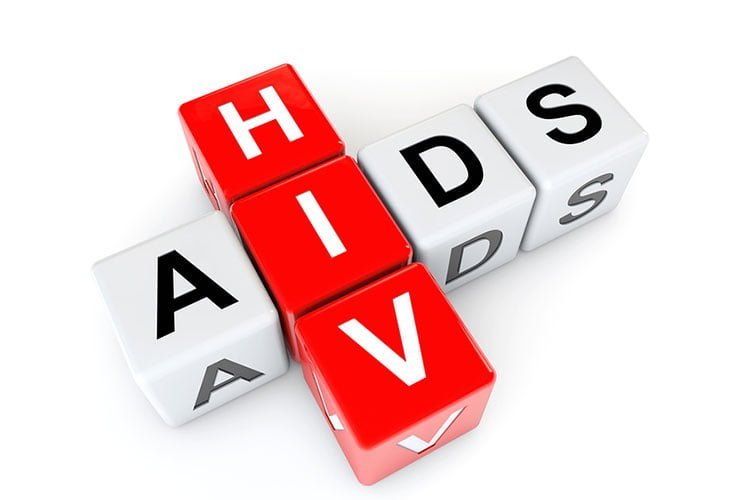Majeed Sulemana, the focal person for HIV/AIDS at the Ghana Health Service, has provided an update on the HIV/AIDS situation in the Upper East Region, indicating that the region is experiencing a relatively stable trend compared to other parts of the country. However, despite this stability, new HIV infections continue to emerge, raising concerns for public health vigilance.
“Generally, when you look at the trend, we are seeing a decline, but the number of new infections remains relatively high,” he said.
Speaking on A1 Radio, he noted that while the region has recorded an overall decline in HIV cases, there has been a slight increase in new infections in recent years. He emphasized that although the situation is under control, it still poses a risk, necessitating continuous vigilance.
Between 2013 and 2022, the region’s HIV prevalence peaked at 2.0% between 2019 and 2021, while the lowest recorded figure was 0.8% in 2022.
“When you look at it, the highest prevalence recorded in the region between 2013 and 2022 was 2.0%, from 2019 to 2021. The lowest was in 2022, when we recorded 0.8%,” Sulemana stated.
Despite this progress, the region has witnessed an increase in absolute HIV infections, with 754 new cases recorded in 2024 compared to 609 cases in 2023. This represents an additional 145 new infections, raising concerns among health authorities.
According to Sulemana, a particular area of concern for health authorities is the detection of HIV cases in children aged 0 to 14. While the situation appears more stable among the older age group of 15 to 19-year-olds, there is a growing number of infections within the region’s workforce, particularly among individuals in their most productive years.
Sulemana attributed this increase to insufficient community engagement and inadequate media outreach, which have hindered awareness and prevention efforts. However, he remains optimistic that with improved community involvement and media coverage, the situation can be better managed moving forward.
“Our main concern is the workforce, the economically active population in the region, where we are beginning to see an uncomfortable rise in infections. This suggests that their numbers are actually increasing, and we believe this is due to slow community engagement and limited publicity from national media platforms,” he said.
He added that most infected individuals are between the ages of 29 and 45. To address this, the Ghana Health Service leverages social gatherings to educate people about HIV and distribute condoms as part of its prevention efforts.
Source: A1Radioonline.com|101.1Mhz|Gifty Eyram Kudiabor|Bolgatanga


